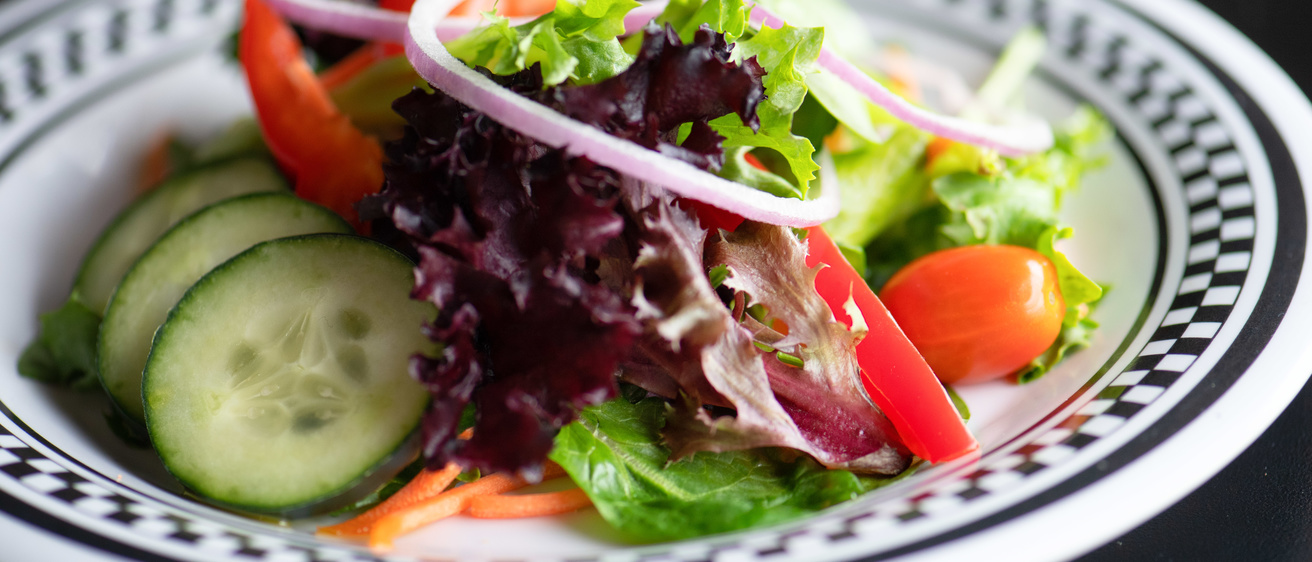Healthy eating is reported as a leading area of interest on the Personal Health
Assessment each year, but a majority of faculty and staff (76%) currently do not meet
the recommended intake of 5 or more servings of fruit and vegetables each day. Cost
and shelf-life are often perceived barriers for accessing fresh produce, but stocking
up on fruits and vegetables doesn’t have to break the bank. With some planning and
savvy shopping, you can still eat the rainbow and stay within your budget.
8 tips for buying produce on a budget
- Tis the season – Fruits and veggies in season are usually cheaper, tastier, and easier to find.
- Shop the sales – Scan local ads for sales, coupons, and discounts. Join your favorite store’s loyalty program.
- Plan ahead – Plan out your meals so you know what produce you need and how much to buy. This avoids throwing out spoiled items at the end of the week.
- Compare your options – Sometimes canned or frozen fruits and veggies maybe cheaper than fresh. Compare the price by serving for each option.
- Bulk up – Look for opportunities to buy the produce you eat most often in bulk. A bigger bag of salad may be the smarter buy.
- Ditch name brands – Generic or store brand produce can provide the same benefit at a lower price.
- Chop your own – Buying pre-cut fruits and veggies means paying extra for the convenience. Spend a few minutes chopping yourself to save some bucks.
Use it up – Add left over veggies to salads, stir fries, and soups. Use up extra fruit in yogurt or smoothies.

This article originally appeared in the Spring 2020 liveWELL Newsletter.
